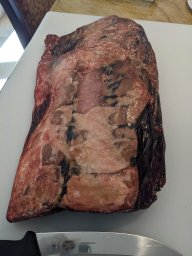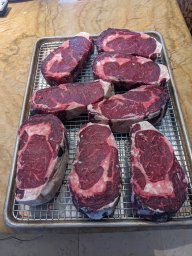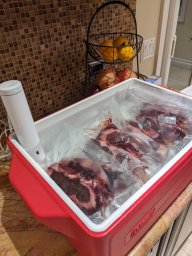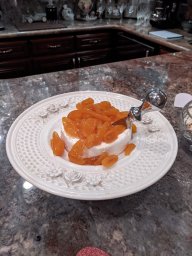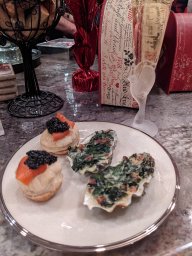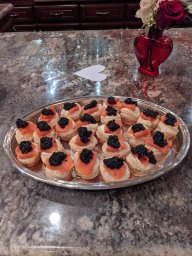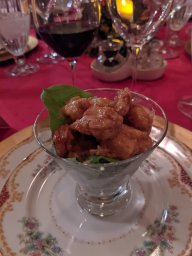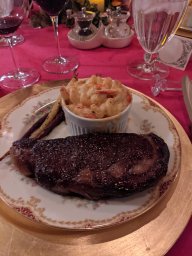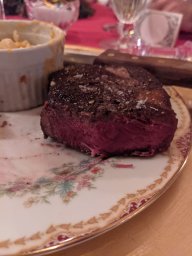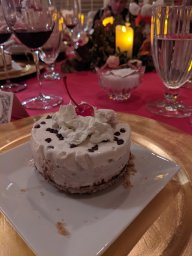sdynak
Well-known member
- Messages
- 3,068
- Grill(s) owned
- Bull
I have a Bullseye griddle also-have tried to give it away here for free/local pickup multiple times. No takers.
Put it on FaceBook and the vultures will take it away faster than you can say sold. I know the folks here would respect it though.

